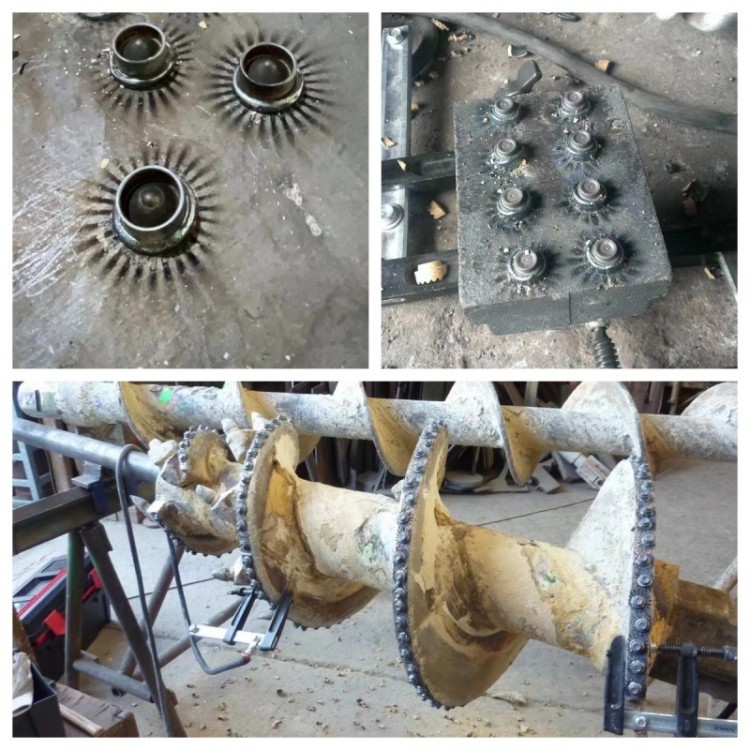Wear studs are durable components applied to construction machinery to protect high-wear surfaces and extend the equipment's service life. These studs are designed to resist abrasion, impact, and other harsh conditions, especially on machinery used in mining, earthmoving, and excavation. By adding wear studs to vulnerable areas, you can significantly reduce maintenance needs and prevent costly part replacements. Here’s a breakdown of wear studs and their uses as below:
1. Purpose and Benefits of Wear Studs
Wear Resistance: Made from highly durable materials, often hardened steel or carbide, wear studs are designed to withstand abrasive and high-impact environments.
Extended Equipment Life: By protecting key surfaces, wear studs reduce wear and tear on machinery, helping to extend the overall life of equipment.
Reduced Maintenance Costs: With studs in place, equipment requires less frequent replacement of parts, saving on maintenance costs and downtime.
Improved Efficiency: Wear studs allow machinery to operate longer and under more challenging conditions without performance degradation.
2. Types of Wear Studs
Carbide Wear Studs: Made from tungsten carbide, these studs offer the highest resistance to abrasion and impact, making them suitable for applications where surfaces experience extreme wear.
Steel Wear Studs: These are cost-effective and provide solid protection, often used in less abrasive environments or on parts that are easier to access and replace.
Dome or Mushroom-Head Studs: These studs have a rounded head that distributes impact forces evenly and is less likely to snag on materials, useful for protecting edges and exposed areas.

3. Applications in Construction Machinery
Excavator Buckets: Wear studs are often applied to the cutting edges and sides of excavator buckets to resist abrasion from rocks, dirt, and other materials.
Loader and Bulldozer Blades: Protecting the front edges of blades with wear studs helps them handle continuous ground contact without rapid wear.
Dump Trucks: Interior surfaces of dump truck beds, particularly in mining applications, benefit from wear studs, which prevent damage from rocks and debris.
Crusher Equipment: In crushers and other grinding equipment, wear studs protect the liners and internal surfaces against constant impact and abrasion.
Conveyor Systems: Wear studs are also used on conveyors, especially where materials transfer or accumulate, protecting against heavy wear.
4. Key Features to Look for in Wear Studs
Material Hardness: Harder materials like tungsten carbide provide maximum resistance to wear and impact.
Corrosion Resistance: For machinery exposed to moisture or chemicals, studs with anti-corrosive properties help prevent rust and degradation.
Shape and Design: Rounded or mushroom-head designs are better suited for high-impact areas, while flat or hexagonal shapes provide excellent abrasion resistance.
Wear studs are invaluable for maintaining and protecting construction machinery, particularly in environments with high abrasion, impact, or heavy loads. By choosing the right wear studs and applying them strategically, operators can extend the life and efficiency of their equipment, lowering overall operational costs.